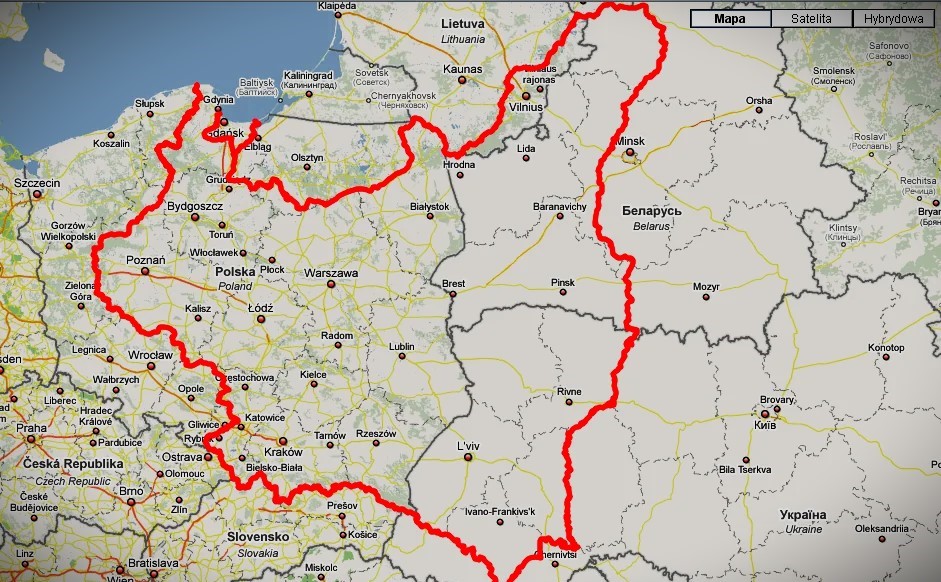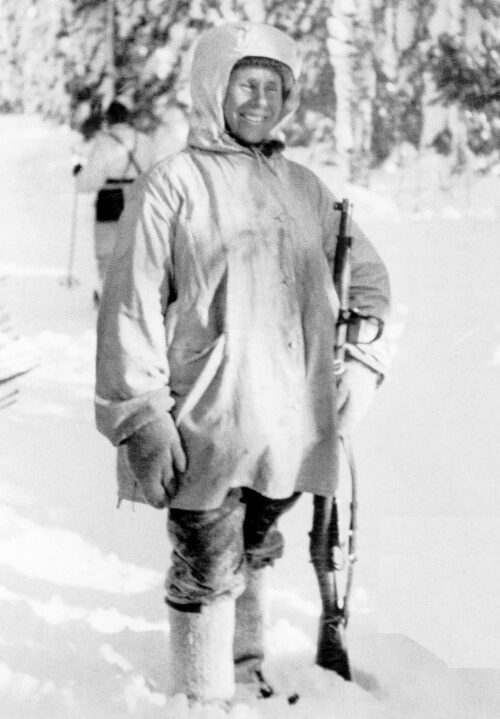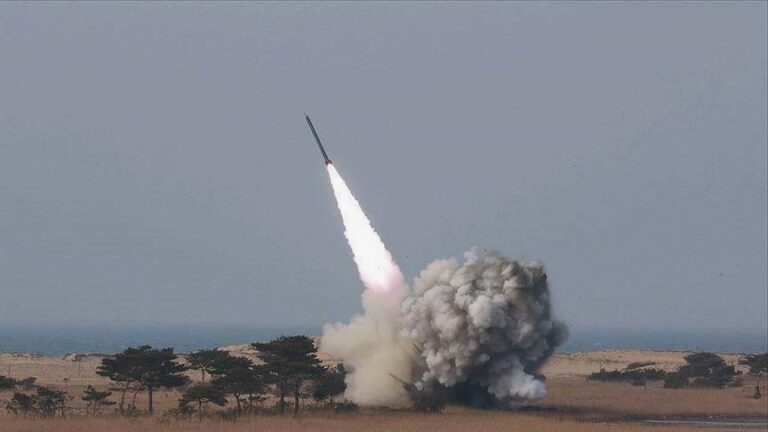
On September 1, 1939, the tranquility of Poland was shattered by the roar of German bombers and the relentless advance of Nazi tanks. Within weeks, a proud nation with a long military tradition was overwhelmed, its resistance crushed in one of the most rapid invasions in modern history. But Poland did not fall due to a lack of courage—it fell because of a devastating mix of geography, outdated strategy, overwhelming enemy force, and a tragic betrayal from the East.
The Blitzkrieg Storm: A New Era of Warfare
Germany’s invasion of Poland was unlike anything the world had seen before. The Wehrmacht unleashed Blitzkrieg—a methodical, fast-moving combination of tanks, infantry, and air support that aimed to confuse, encircle, and annihilate the enemy before they could react. The Luftwaffe (German Air Force) targeted airfields, roads, railways, and even civilian centers, ensuring that Polish defenses were cut off from reinforcements.
The traditional view of war—where armies lined up, clashed, and regrouped—was obsolete. The Poles, relying on rigid defensive lines, were unable to counter Germany’s fluid and unpredictable attacks. Within the first few days, key Polish strongholds were in chaos, communication lines were destroyed, and the army found itself fighting not one enemy but multiple spearheads, each slicing deeper into the heart of the country.
Poland’s Strengths—and Fatal Weaknesses
Poland was not defenseless. It had nearly one million soldiers, well-trained cavalry, and some capable weapons. But its army was scattered, and its reserves were still mobilizing when the invasion began. While Poland possessed some modern tanks and aircraft, they were vastly outnumbered by Germany’s 2,800 tanks and 2,000 warplanes.
One of the greatest myths of the campaign is that Polish cavalry charged German tanks with swords. While cavalry units did fight on horseback, they were mainly used for rapid maneuvers and reconnaissance. However, against the sheer mechanized might of the Wehrmacht, their mobility advantage became obsolete.
Adding to Poland’s woes was its unfortunate geography. Unlike France, which had the defensive Maginot Line, Poland had no natural barriers like mountain ranges or large rivers to slow the enemy’s advance. Worse, it was flanked on three sides—Germany attacked from the west, East Prussia in the north, and through its ally Slovakia in the south. There was simply no secure fallback position.
The Betrayal from the East: The Soviet Backstab
On September 17, just as Poland was making desperate last stands against Germany, a second dagger plunged into its back. The Soviet Union, honoring its secret pact with Hitler (the Molotov-Ribbentrop Pact), invaded from the east. Suddenly, Polish forces were caught in an impossible two-front war.
The Soviets framed their invasion as a protective measure, claiming to be “liberating” parts of eastern Poland. In reality, this was a calculated move to divide the spoils of war. Trapped between two colossal armies, Poland’s defense collapsed.
Where Were Britain and France?
Poland’s allies, Britain and France, had guaranteed its independence. They declared war on Germany on September 3, 1939, but instead of launching an immediate counterattack, they hesitated. The so-called “Phoney War” began—a period of inaction where the Allies, despite their superior numbers, did not challenge Germany’s aggression. Poland was left to fight alone.
The Final Days and Last Resistance
Warsaw, bombed relentlessly, finally surrendered on September 28, 1939 after a brutal siege. Polish forces continued to resist in isolated pockets, but by October 6, the last organized resistance fell. In just over a month, Poland had been carved up by two ruthless invaders.
But Poland’s fight was far from over. Thousands of soldiers escaped and later joined Allied forces in exile. The Polish underground resistance became one of the most formidable in Europe, gathering intelligence, sabotaging German operations, and even playing a crucial role in cracking the Enigma code.
Conclusion: A Defeat That Sparked a Global War
Poland’s swift fall was not due to a lack of bravery but rather a brutal combination of modern warfare, unprepared allies, strategic vulnerabilities, and an unexpected betrayal. Yet, despite being the first victim of World War II, Poland refused to be erased. Its people fought on in secret, in exile, and on the battlefields of Europe, proving that while its land had been taken, its spirit remained unbroken.






